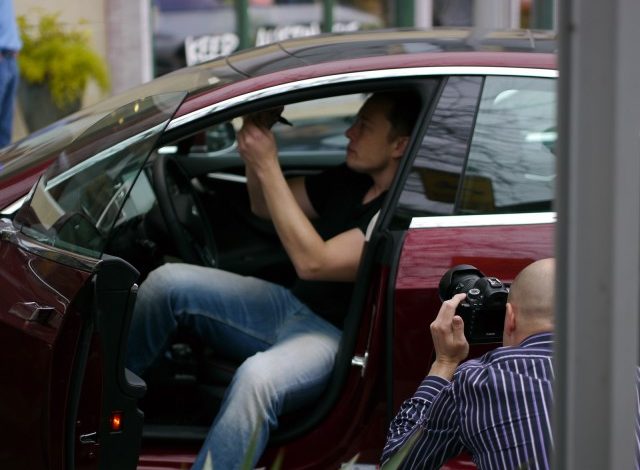
Innovators are trying to redefine the transportation industry and questioning whether humans should be at the helm or should we utilize self-driving vehicles? These advancements are leading to major changes in commercial transportation and the utilization of smart machines not only can keep our roads safer, but also can save companies money. Though these technologies haven’t been adopted worldwide, there have been a lot of prototypes and large-scale adoption seems to be right around the corner. The question is, how far are we from a future of self-driving cars in the commercial transportation business?

It is expected that by 2020 we will have 10 million self-driving cars on the road and more than 250 million smart cars. Currently there are already cars on the road that already have self-driving features by utilizing a complex system of sensors, cameras and software. Tesla, Mercedes, and BMW are in the lead for incorporating these technology systems in their vehicles and have created cars that absorb data from their environments to learn and respond appropriately based on that data. Google also is setting precedence with it’s self-driving car project, Waymo, which has put in over 300 years of driving experience into its data bank. This technology has already been on the road since 2009 and has the potential to free up time, improve transportation, lower stress, and make our roadways safer than ever. Uber itself invested over $300 million into technology and development of self-driving vehicles to enhance its fleet of vehicles.
Commercial transportation is an enormous industry in the United States and it employs about 8.7 million people. The advancements for self-driving commercial vehicles are not completely autonomous yet, but they can take over driving when certain conditions develop, allowing for an auto-pilot like system to take over, staying at a consistent speed, and staying a specific distance from other vehicles. Daimler trucks has launched these 18-wheeled fully autonomous trucks to travel across America’s roadways. In 2017, Uber’s self-driving truck, outfitted with $30,000 worth of technology from the San Francisco based startup Otto, travelled 120 miles to complete it’s very first delivery of 50,000 beers. Though there are great strides being made the impacts of these new driverless technologies pose concern for those 8.7 million workers employed by the trucking industry in the US.
Though the move to self-driving vehicles is rapidly approaching the process seems to be a lot slower or self-driving trucks in the transportation industry. Their debut may be imminent, but the transition will be gradual, especially when dealing with the host of repercussions that may arise when truck drivers’ jobs are taken over if the human element is completely taken out of the picture. If the human component is fully replaced there is the increased risk of potential hacks from outside sources which could impact pickup, driving, and delivery of valuable items. The opportunity of autotomizing trucks for the commercial transportation industry must be weighed against the potential obstructions to come up with an effective implementation of self-driving vehicles.





Leave a Reply
Thank you for your response.
Please verify that you are not a robot.